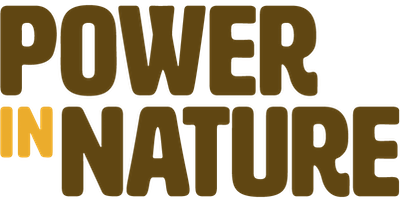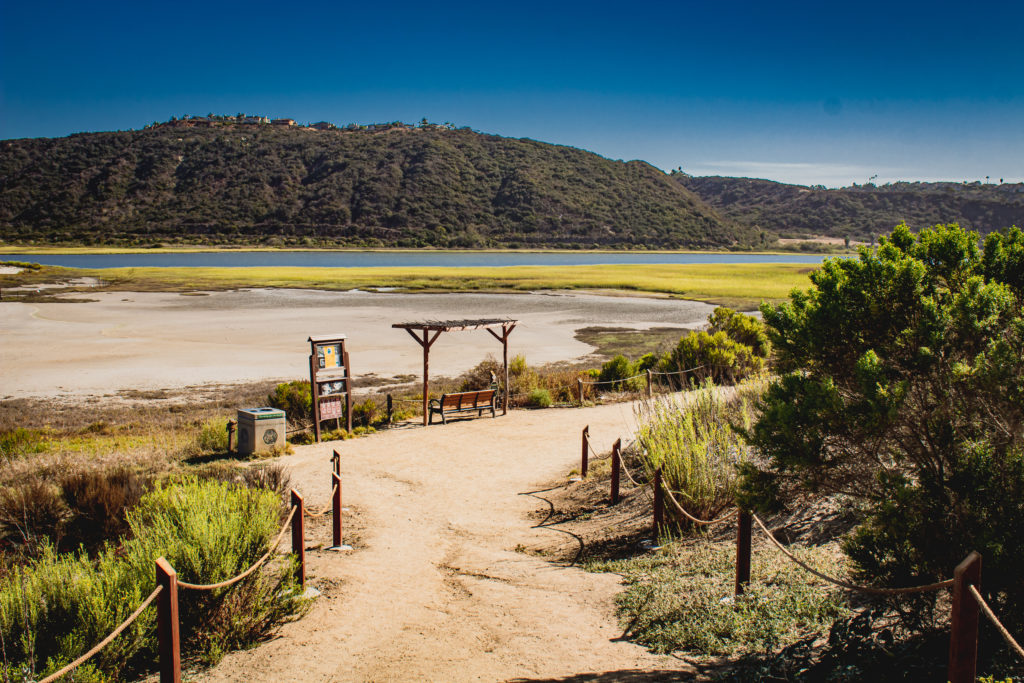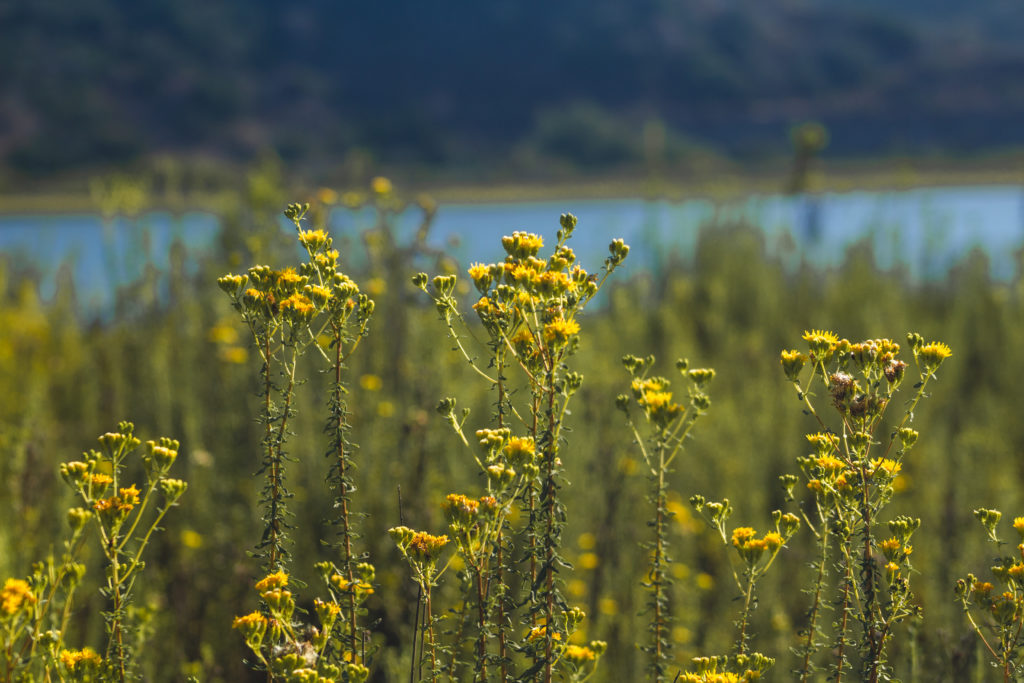Batiquitos Lagoon State Marine Conservation Area (SMCA)
The Batiquitos Lagoon State Marine Conservation Area (SMCA) project is working to restore the wetland and riparian habitats of the Batiquitos Lagoon watershed, a beautiful coastal wetland north of San Diego, between the cities of Carlsbad and Encinitas. The lagoon is one of the few remaining tidal wetlands on the southern California coast. This project will support native wildlife and sequester carbon in a blue carbon ecosystem, as well as enhance public access to the area through the extension of public trails.
About This Project
Who is proposing this project?
This project is managed by WILDCOAST in partnership with Batiquitos Lagoon Foundation and Nature Collective.
What is proposed?
As a designated state marine conservation area (SMCA), Batiquitos Lagoon is one of San Diego’s 11 marine protected areas (MPA), places set aside to protect and conserve marine life and its associated habitats. The lagoon and surrounding wetlands act as a refuge for several species of endangered birds and other types of wildlife. However, these species are currently threatened by encroaching invasive plants, such as Eucalyptus trees, Canary Island palms and pepperweed.
This project is working to restore around 30 acres of wetland habitat by removing invasive vegetation and planting native species, which can support 10-50 times more species of native wildlife than non-native plants. For example, to create habitat for the endangered California Least Tern and other shorebirds that prefer sandy areas free of vegetation, the Batiquitos Lagoon project removed significant amounts of invasive vegetation from dunes surrounding the Eastern area of Batiquitos Lagoon.
The project is currently focused on restoring three sites to enhance sensitive habitats, and plans include restoration of an additional 60 acre plot, including removing Eucalpytus and Canary Island Palms before planting native salt marsh and coastal sage scrub species.
Other goals include securing an easement to allow for extended access to the nature trail via La Costa Ave. Currently, this public walking and hiking trail is about 2 miles long, and starts on the north side of the Lagoon just east of I-5, and goes most of the way to El Camino Real on the east end of the lagoon.
Project Location
The lagoon itself consists of 610 acres with a drainage basin of around 55,000 acres. The watershed basin includes the cities of Carlsbad, San Marcos, and Encinitas, with its primary freshwater tributaries being San Marcos Creek from the east and Encinitas Creek which flows north along Green Valley, entering the lagoon under El Camino Real and La Costa Avenue, respectively.
Why is this project on the 30×30 list?
Restoring wetlands around the Batiquitos Lagoon improves biodiversity, boosts climate resiliency, and increases public access to nature.
Lagoons and wetlands serve as breeding and nursery areas for a wide array of coastal fish and other species and provide food and habitat for resident and seasonal species. While the Batiquitos Lagoon SMCA is a “no-take” area in which take of any living marine resources is prohibited, the area will benefit greatly from cleanups and restoration projects. Restoring wetland habitats and planting native vegetation helps provide a stable habitat for species native to the Batiquitos Lagoon, including several endangered species. As sea levels rise due to climate change, the wetland and riparian habitats surrounding the Batiquitos Lagoon will also provide important “transition habitats” for migratory species.
Coastal wetlands like the Batiquitos Lagoon are blue carbon ecosystems, which, in addition to the many ecosystem services they provide, can sequester 10 times more carbon than terrestrial forests. Restoring and preserving coastal wetlands is a crucial tool in fighting climate change and minimizing its impacts.
The Batiquitos Lagoon projects also seek to expand access to the walking trail along the lagoon. This will help increase public access to the beauty of the lagoon, from salt marshes to coastal sand dunes.
How will this project be completed?
Currently, Wildcoast is restoring three sites with grant funding from the Ocean Protection Council.
The organization has identified another site below Chollas Point, where they would like to remove invasive Eucalyptus and Palms and engage community members and students in planting native vegetation including salt marsh plants and coastal sage scrub transition species. This project is in need of funding and is projected to cost $300,000.




